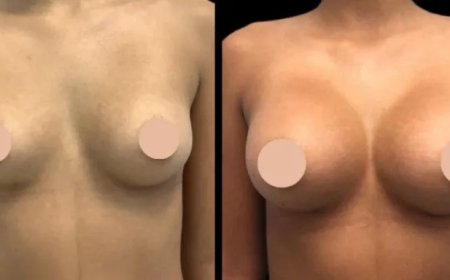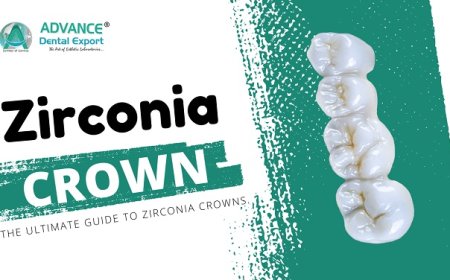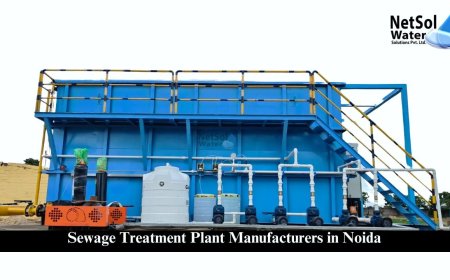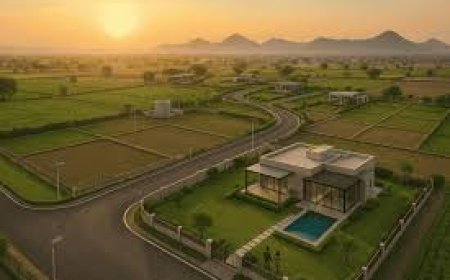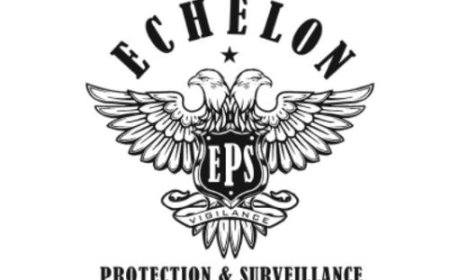Discover the Strength and Sustainability of PP Spunbond Non-Woven Fabric

The popularity of certain innovative and sustainable materials has surged in recent years across many industries, including durable goods, agriculture, packaging, and construction. Whether PP spunbond non-woven fabric fits a requirement for an innovative and sustainable material is to be debated. In the context of objective environmental characteristics, PP spunbond non-woven fabric has many desirable features; it has high versatility, it is a highly durable material type, and it is recognized by many times to be environmentally friendly. The manufacturing equipment used to make PP spunbond non-woven fabric can be configured to enable different end-use applications, and the environmental benefits of PP spunbond non-woven fabric makes it an obvious choice for both manufacturers and product users.
What is PP Spunbond Non-Woven Fabric?
Polypropylene (PP) spunbond non-woven fabric is manufactured using a process called spunbonding. Spunbonding involves extruding continuous filaments of polypropylene, randomly laying them, and bonding the filaments together in a heated and pressured environment. The end result is a lightweight, strong, breathable, and chemical and moisture resistant fabric. Non-woven fabrics are considered non-woven because there is no weaving or knitting involved in the product; PP spunbond non woven fabric manufacturer can also be considered a cost effective and easy solution for custom applications. Its unique array of properties including high tensile strength, flexibility, and low cost have led to an expansive variety of uses in all sectors since its discovery. Many industries are embracing the eco-profile of the non-woven with their recyclable properties and in many cases the use of biodegradable oligomers, elements, and additives are consistent with sustainable development and ecological restoration goals at the level of nationally driven economic policies and funding.
The Function of a Manufacturer of PP Spunbond Non-Woven Fabric
A reputable PP spunbond non-woven fabric maker will ensure quality, development of proper products and reliable delivery timelines. These manufacturers typically invest money in a high-tech machine and sustainable practices that their customers can rely on. Today, India is a key center of such manufacturing units, especially in Gujarat because they have a lot of government policies that are favorable, not to mention a large and skilled labour pool and shipping costs. The PP spunbond non-woven fabric manufacturer in Gujarat is well-known and respected for producing high-quality fabrics made to international standards. Their products are seen by consumers using hygiene products like masks and diapers, in agricultural coverings to shield crops, and in industrial uses, so it is considered a universal fabric.
Understanding the Regulatory and Trade Aspects: PP Spunbond Non Woven Fabric HS Code
When it comes to international trade, knowing the PP spunbond non woven fabric hs code is essential. The Harmonized System (HS) code is an internationally accepted way of classifying products. HS codes allow customs authorities and traders to identify, sort and regulate goods between countries. The HS code for PP spunbond non woven fabric will generally fall under the code for non woven textile fabrics but may have added specificity that represents the fabric's weight, construction, and use. Knowing the appropriate HS code is valuable in ensuring that customs clearance is processed smoothly and that the appropriate tariff is applied to your goods while also complying with applicable import-export regulations. For manufacturers and traders with a global supply chain, knowing the correct PP spunbond non woven fabric HS code provides greater documentation accuracy, fewer delays, and ultimately lower logistics costs.
Applications and Benefits of PP Spunbond Non-Woven Fabric
The flexibility of PP spunbond non-woven fabric is apparent in its many uses. In the medical field, it is used to make surgical gowns, masks, and drapes because of its barrier properties combined with breathability. In agriculture, it is utilized as crop covers, weed control mats, and erosion control fabrics, providing protection while allowing air and water to pass through. In packaging, it is used to make bags, wraps, and disposable items that require strength and cleanliness.
Environmental sustainability is another key benefit. The fabric is made from polypropylene a recyclable polymer - so many producers are working towards making more sustainable products. The durability of the fabric also means a longer life span, less consumption of a product, and less waste generation. Additionally, it is less expensive, which is appealing for large scale production and contributes to the economy in growing the industry in manufacturing regions such as Gujarat.
Conclusion: The Future of PP Spunbond Non-Woven Fabric
Prospects for PP spunbond non-woven fabric look bright, as there is growing global need for sustainable, cost-effective and high-performance products. Positive direction of the market for PP spunbond non woven fabric manufacturer in gujarat will be stimulated by different innovations in the manufacturing process, such as more eco-friendly bonding techniques and biodegradable options. The presence of dedicated PP spunbond non woven fabric manufacturers, especially in Gujarat, is crucial to this direction, in light of new and improved quality and technology ahead. With the increase of environmental awareness, and stricter laws from policy and regulators, the prospects for high-quality recyclable non-woven fabrics will be favourable. Overall, PP spunbond non-woven fabric is well-positioned to maintain its status as a fundamental product in many industries on a global scale.
Frequently Asked Questions (FAQs)
-
What are the main advantages of PP spunbond non-woven fabric?
It has excellent durability, breathability, resistance to chemicals, and environmental friendliness. Because of its lightweight design and adjustable thickness, it can be used for a variety of purposes. -
How is PP spunbond non-woven fabric produced?
The fabric is produced through a process called spunbonding, where polypropylene fibers are extruded, cooled, laid into a web, and bonded thermally or mechanically to form a fabric sheet. -
Who is the largest manufacturer of PP Spunbond Non Woven Fabric?
Singhal Landscape Geotextile Manufacture has established itself as a leading name in the industry. The company specializes in producing high-performance PP spunbond non-woven fabrics -
Why is Gujarat considered a hub for PP spunbond non-woven fabric manufacturing?
Gujarat has a well-established textile industry, advanced manufacturing facilities, and a focus on sustainable practices, making it a leading center for high-quality non-woven fabric production.





